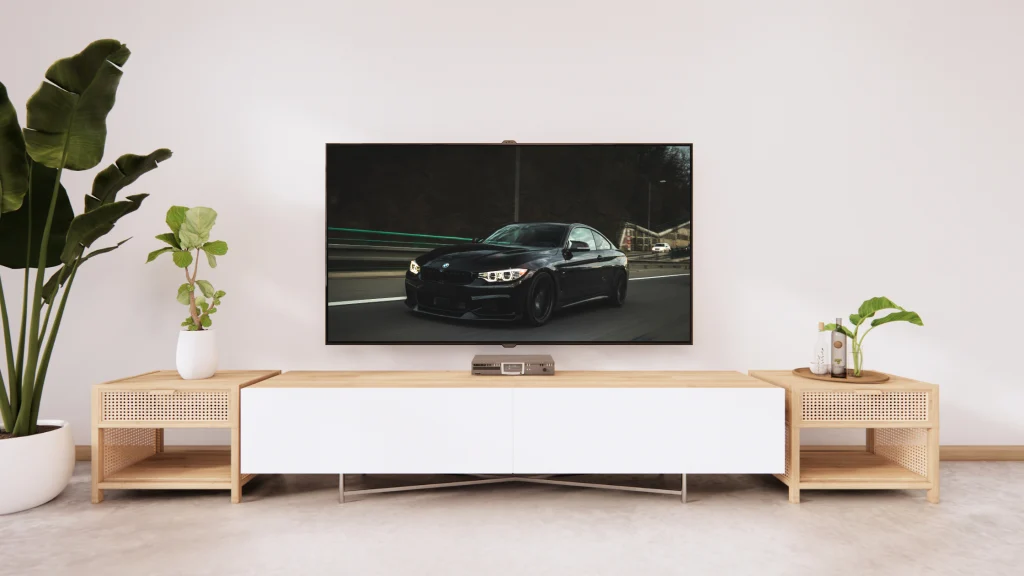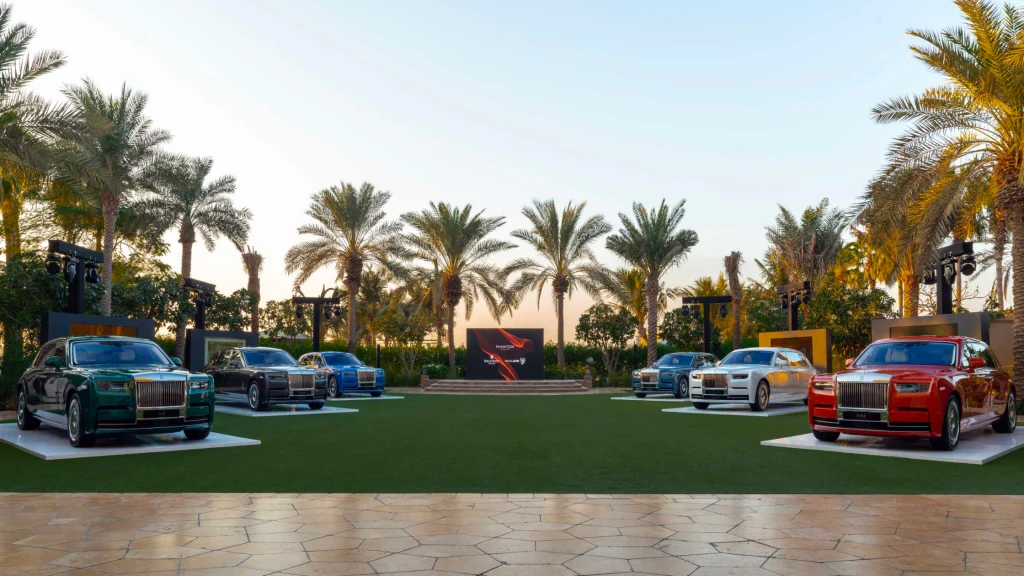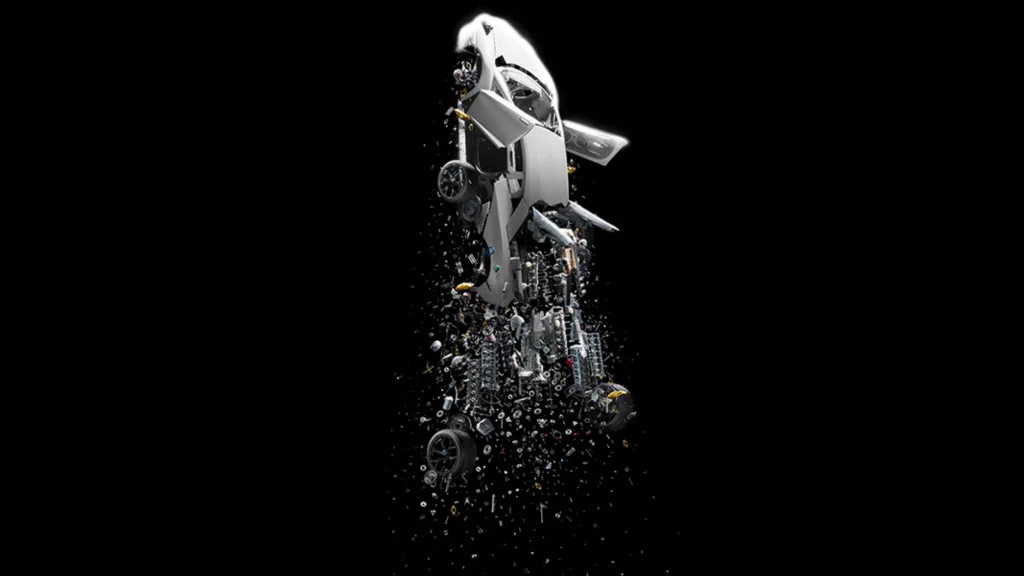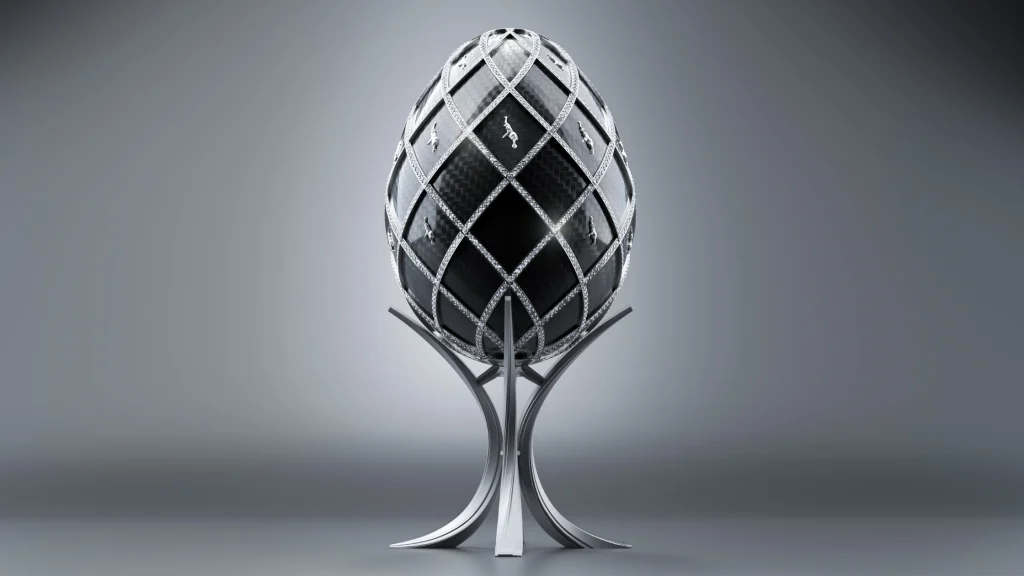How many times have you watched an ad featuring close-up shots of a car’s exterior and interior, highlighting its sleek design and luxurious features, often accompanied by dramatic music? Or an ad featuring a well-dressed ‘rich’ character driving a sophisticated car with luxurious materials making up the interior, showing off how fast it can go?
While we might roll our eyes in jest at the predictability of these ads, there’s a reason behind the ubiquitousness of them: when you’re marketing a luxury car brand, it’s not about just the car’s horsepower or interior. It’s about creating an aspirational dream in the minds of the audience: our cars are one-of-a-kind and by owning one, you are a part of an exclusive group.
In other words, luxury car marketing traditionally works by creating a sense of exclusivity and desirability around the brand and its products. But it’s a complex and ever-evolving field, riddled with challenges. So, how can you reach an audience with high purchasing power and the desire to spend only on the best experience and convince them to choose your car brand?
What challenges do you face?
Branding

You’re selling a product that’s manufactured with high-quality materials and craftsmanship, while boasting of the comfort it provides, its limited numbers and most importantly: that it is a status symbol. The idea that owning a product conveys how ‘high’ your social status is only comes from branding. Luxury car brands need to rely on high-end branding to create an aura of sophistication and luxury. This includes using expert teams and premium equipment for video and photo assets, elegant logos and sophisticated advertising campaigns. In short: you need to be cool, but for the kind of people who want to show how socio-economically better off they are.
High Marketing Costs

Marketing automobiles can be expensive, given the desire to create an expensive-looking brand, and using mass consumer-facing advertising channels like television and print media. Even with social media, brands cannot just send out ads and take someone to a store to shop: you need to repeatedly entice audiences to build the idea that, not only does the audience need a new car, but they need your car. Add the layer of targeting the right, niche audience via digital marketing and you have an extremely expensive, year-round campaign to run.
Consumer Attention

When you’re marketing to people who can afford a luxury car, you’re dealing with people who are spoiled for choice. A study by the University of California, Berkeley found that people who have more money are more likely to experience ‘choice overload’, which is the feeling of being overwhelmed by too many options. This audience also has high expectations: they’re not just shopping for a car to drive, but the experience overall of being a part of a community that enjoys unrivalled quality.
Now, imagine all this, but with the knowledge that you’re up against many other brands with similar budgets, vying for the same audience.
Where do Digital Collectibles come in?
By nature, digital collectibles are exclusive and cannot be replicated. This makes them ideal for luxury car marketing: you can use them to create a sense of exclusivity and desirability.
- Uniqueness: A limited-edition NFT drop, or access to private events through digital collectibles like a high-end social club for only your brand’s customers can make people think they have something rare in their reach.
- Digital scarcity: You can create digital scarcity by only releasing very limited collectibles, and they can only be bought with the purchase of new cars or official accessories: all of which makes them more desirable.
- Transparency: Consumers can see the history of ownership of a particular asset. Much like the provenance of a diamond, this is important for consumers, as is the veracity of their ownership.
How Luxury Car Brands have already used Digital Collectibles
Rolls Royce

Founded in 1906 in England, Rolls-Royce is a luxury car brand known for its iconic design, handcrafted interiors, and powerful engines. The company’s annual revenue is estimated to be $2.7 billion.
In 2020, Rolls-Royce partnered with artist Sacha Jafri to create a series of NFTs called ‘The Six Elements’. Each NFT represents one of the six elements: earth, water, fire, wind, air, and humanity. The NFTs were sold with six new Phantom Series motorcars, and the owner of the car can also sell the NFT independently on secondary markets.
Lamborghini

Founded in 1963, Lamborghini is an Italian luxury sports car brand known for its high-performance vehicles and aggressive styling. The company’s annual revenue is estimated to be $1.6 billion.
In January 2022, Lamborghini launched a collection of five NFTs called ‘Space Time Memory’. The NFTs were created in collaboration with artist Fabian Ofner and RM Sotheby’s. The NFTs depict a Lamborghini breaking down into its core components after traveling through the atmosphere and entering space like a rocket.
Mercedes-Benz

Founded in 1886 in Germany, Mercedes-Benz is a luxury car brand known for its wide range of vehicles, from sedans and SUVs to sports cars and minivans. The company’s annual revenue is estimated to be $156 billion.
Mercedes-Benz announced a collaboration in early 2023 to release a generative art NFT collection called ‘Maschine’. The collection featured 1,000 unique Ethereum-based tokens that played on themes of velocity and perception. The collaboration and drop emphasised Mercedes-Benz’s emphasis on innovation and aesthetics, which seamlessly connected to generative art.
That’s not all: the company’s dedicated Web3 arm (Mercedes-Benz NXT) that lead this project in fact aims to bring the collectibility of its vehicles and memorabilia to the digital realm with more work like this.
Bugatti

Founded in 1909, French-luxury car brand Bugatti is known for its exclusivity and high price tags. The company’s annual revenue is estimated to be $500 million.
Asprey, a London jewellery house, and Bugatti collaborated in early 2023 on a new NFT project, the Asprey Bugatti Egg Collection. The collection consisted of a very limited number of physical eggs made from carbon fibre and sterling silver, each linked to a Bitcoin NFT. The eggs were inspired by the Bugatti Royale, a luxury car that was produced in the 1920s. The Collection was produced as both a physical object and NFT generative artwork.
The eggs were a fusion of tradition and innovation, and they offer a unique way to own a piece of history.
What Else Can Be Done?
NFT drops aligned with physical car purchases, or collections sold to fund corporate-social responsibilities are only the tip of the ice-berg.
With digital collectibles, luxury car brands can create a true sense of being owners of something nobody else has, while having access to a private world.
Access
Every owner of a car from your luxury car brand can be given access to some collectibles, which function as access passes to global events. From prestigious sporting events like the Olympic Games and FIFA, to invitation-only events like the Met Gala and the Davos Forum, to sought-after and expensive events like the Monaco Grand Prix and the Cannes or Sundance Film Festivals, these collectibles should offer their owners access to seats and invitations.
Community
Much like a private social club, your brand can provide a space for owners of your car to mingle, with high-value events hosted like dinners or brunch for guests. Like invitation-only events, the only way someone can attend is with a digital collectible that they get by owning a car. By doing this, you create the idea of a closed-door community which people can feel proud and honoured to be a part of.
Rewards
Taking the idea of tier-systems and points from brand loyalty programs forward, special digital collectibles can be designed and shared with car owners, allowing them more incentives in the form of other limited-edition luxury goods, like watches or tailored clothing, new technology or movie screenings before their launch. The only requirement to upgrade tiers is to buy more after having bought a car. For example, buying anything from floor mats to performance parts and custom-wheels from your official store.
In Conclusion
Overall, digital collectibles can offer a number of advantages for luxury car marketing. Creating the right image is extremely important, and digital collectibles help enhance that image. However, you can’t create a one-size-fits-all strategy, or rely on basic drops of art collections.
The audience for luxury car brands is highly discerning, busy, and selective: so, digital collectibles need to be used innovatively in a manner that is tailored to your brand. Instead of accidentally spending time and energy on using web3 to do this, reach out to The Blue Marble for expert advice that can help you upgrade your luxury car brand’s marketing strategy to really create something special.



